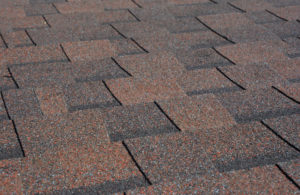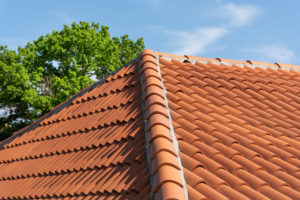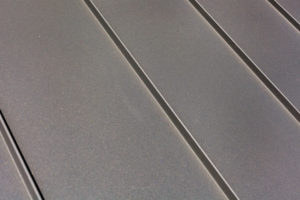If you’re thinking about a roof renovation, you’re probably aware that there’s a lot to consider: Cost, appearance, climate and other factors all play a role.
But, with so many different types of roofing materials available, it can be difficult to know where to begin!
Destin Roofing has created this blog to provide information about the various types of roofing materials available, as well as the advantages and disadvantages of each. Use of this blog to gain a better understanding of which roofing material is best for your home!
Asphalt Shingle
In the United States, asphalt is one of the most common roofing materials for residential buildings. And for good reason: it gives you the best value for your money. Asphalt shingles come in a wide range of colors, are easy to install, and are very cheap.
They also don’t need as much attention as other materials, like metal or clay. Not only that, but asphalt is environmentally friendly. All asphalt can be reused or recycled to make driveways or parking lots.
Perhaps the best thing about asphalt shingles is that they save energy. Heat doesn’t build up on this type of roof like it does on other types of roofing materials. So, the transfer of heat from the outside to the inside of your home is less likely to happen. This will not only keep the temperature inside your home or business at a more pleasant level, but will also help keep your energy bill low.
Built-Up Roofing (BUR)
Built-up roofing, also referred to as “BUR”, is another popular roofing material in the United States. In fact, BUR is the largest roofing system sector in the United States, with a value of about $700 million, according to BBC data.
BUR gets its name from the fact that it is made up of alternating layers of cloth and asphalt, with a stone or gravel top layer. Flat roofs benefit from this sort of material because it offers a continuous sealed surface. Shingles, on the other hand, are not sealed and must be laid at an angle to allow water to drain off.
BUR has been around for a while, and as a result, its design and energy efficiency have greatly improved. Modern BUR materials contain an additional layer of insulation, which helps to keep indoor temperatures stable.
This can help you save money on your energy bill in the long run. BUR also has a lengthy lifespan, lasting up to 40 years, similar to asphalt shingles. However, while BUR is low-maintenance material, installation can take some time due to the multiple layers required.
Clay Tile
Another long-standing roofing material is clay tile, which dates all the way back to ancient Greece and Rome. It’s still a popular choice because of its low maintenance and longevity. It’s unlikely that you’ll ever have to replace your clay tile after installation, but if you do, the process is generally quick and simple.
Clay Tile is also well-known for its ability to last homeowners through even the most severe weather. As a result, these tiles can have a lifespan of up to 100 years (and often come with long warranties).
However, clay tile is one of the most expensive options available when it comes to roofing materials. While clay is quite resilient, it is known to break in colder temperature conditions. For this reason, clay tile is most commonly found on homes in warmer climates, such as Florida.
Metal Roofing
Metal roofing, like clay, is a common roofing material that is noted for its long-lasting properties. In general, metal roofs can last between 50 and 70 years, depending on the type of material used.
Metal roofs are also less likely to crack over time than other types of roofs, so they require less maintenance. Not only that, but metal roofs are extremely resistant to fire. The use of metal roofs does not cause sparks or the ignition of flames in the event of a fire or lightning strike, contrary to popular belief.
One downside to metal roofs is that they’re on the more expensive end of the spectrum. It only makes sense to invest in a metal roof when you plan to stay in your house long enough to reap the investment.
Also, metal roofs can make a lot of noise when it rains or hails heavily. Increasing the amount of insulation used during the installation process usually fixes the problem, although it may raise the cost of the project.
Contact Destin Roofing!
Choosing a roof material can be a challenge when there are so many options and variables to consider. If you’re still unsure about which sort of roofing material is ideal for your Destin home, contact Destin Roofing!
Destin Roofing is well-known for its high-quality work after more than 40 years in the roofing industry. We have been repairing roofs for residential and commercial properties in Destin, Niceville, Fort Walton Beach, Crestview, Navarre, and Santa Rosa Beach, Florida and other surrounding areas. Whether you require roof repairs or a complete roof replacement, you can count on Destin Roofing is ready to help! Contact us today!



